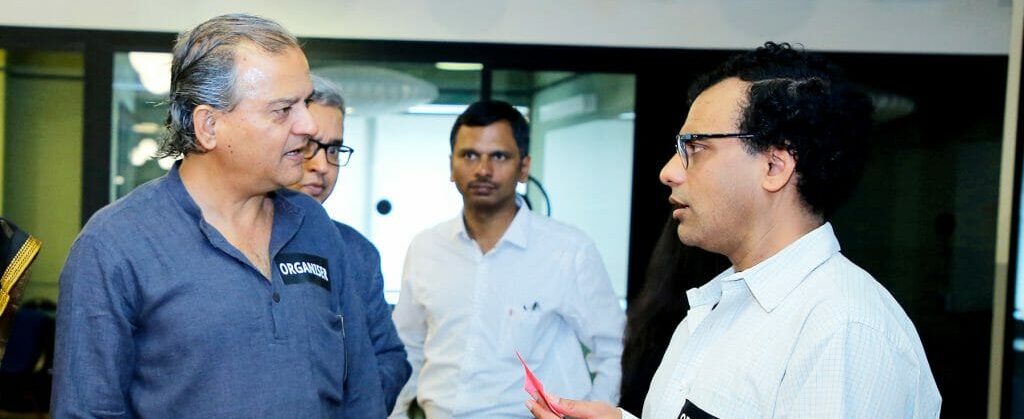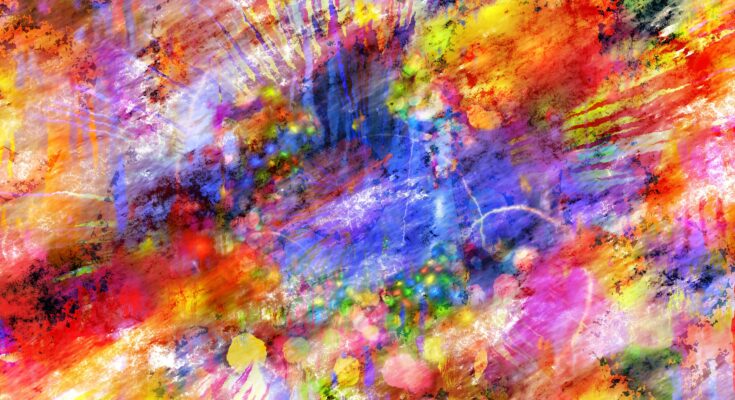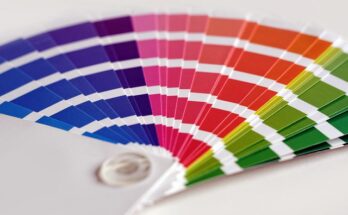Colour is your perception of light as it reflects off objects and enters your eye.
By Khan Academy
The colours are objects which makes any content brighter, making it to standout. It is used in various fields, in printing, in web, and others. In olden days there was only shades of black, which was called as grey. They were sober to look at. But they were not able to standout on white paper. This was the time when colour printing came into existence.
Some of the main Colours used in the world are;
RGB – Red, Green, Blue
If we mix all these three colors, it is called additive mixing. They are generally what we see in nature. In the TV’s or any items which are in our houses.
If all three primary colours are mixed in equal proportions (255 255 255), the result is White. These are the colours which we get in nature. They can be produced either by mixing leaves or any fruits or by any matter which is available naturally. So the colours have more contrast.
As we try to mix the primary colours with one another, i.e., if we mix red and green colours the result is Yellow. When we mix green and blue colours the result is a Cyan. When we mix blue and red colours the result is Magenta.
CMYK – Cyan, Magenta, Yellow, Black
If we mix all the four colours, it is called subtractive mixing. They are the colours which we process by mixing other colours. They are used for printing purposes. The density of the colours vary on the surface which it is printed. The contrast is little less than RGB.
As we try to mix the process colours into one another, i.e., if we mix cyan and magenta the result is blue. When we try to mix magenta and yellow the result is red. When we try to mix cyan and yellow the result is green. We can try to mix each other colours to get different shades and also add a percentage of black to get dark colour.
The black is not used for any mixing of colours as we mix it will result in no other colour, but black as it is the main colour to get the colour density and so called “Key” colour and so defined as K in the process colours.
HSB – Hue, Saturation, Brightness
Content is taken from – https://purple11.com/basics/hue-saturation-lightness/
Hue
The Hue is what we most often think of color. It’s calculated in degrees of the colour wheel and it’s referred to a colour wheel that goes from red, to yellow, to lime, to aqua, to blue, to magenta, and finally back to red. For this reason, 0° on the hue colour wheel is red and then 360° is red again. Hue always refers to the base colour.
Saturation
Saturation is how pure the hue is. A full saturation means that the pure base hue is used. Saturation is calculated as a percentage value between 0% and 100%. 0% saturation will always be black.
Lightness / Brightness
Lightness (or brightness) is the amount of white or black mixed in with the colour. It’s also calculated as a percentage value between 0% and 100%. 0% lightness will also always be black.
LAB – Luminance (or lightness)
A ranges from green to red, and B ranges from blue to yellow shades.
External References and Explanations
Pantone colours cannot be printed normally. We should purchase and print it separately. You can find the pantone shades in;
https://www.pantone-colours.com/
Many websites explain colours and their names and how to maintain it as shown below:
https://en.wikipedia.org/wiki/Lists_of_colors
Many websites explain how to mix colours and their features as shown below
We can analyse a colour and study their models as shown in link below.
https://www.labcognition.com/onlinehelp/en/colormetric_analysis_manual.htm
To design a website, we use hex colours (#). You can get their values from below mentioned using below link.
https://www.rapidtables.com/web/color/index.html
https://en.wikipedia.org/wiki/Web_colors
Some webpages use Index colour. The below link explains it in detail which you can get in the below link.


